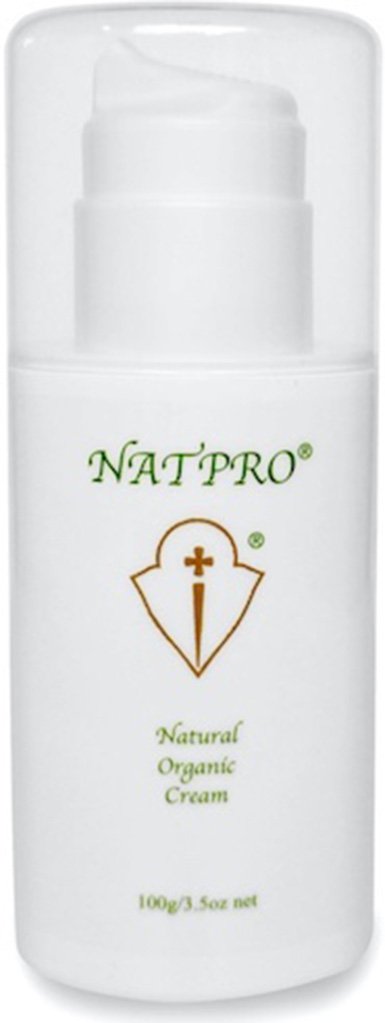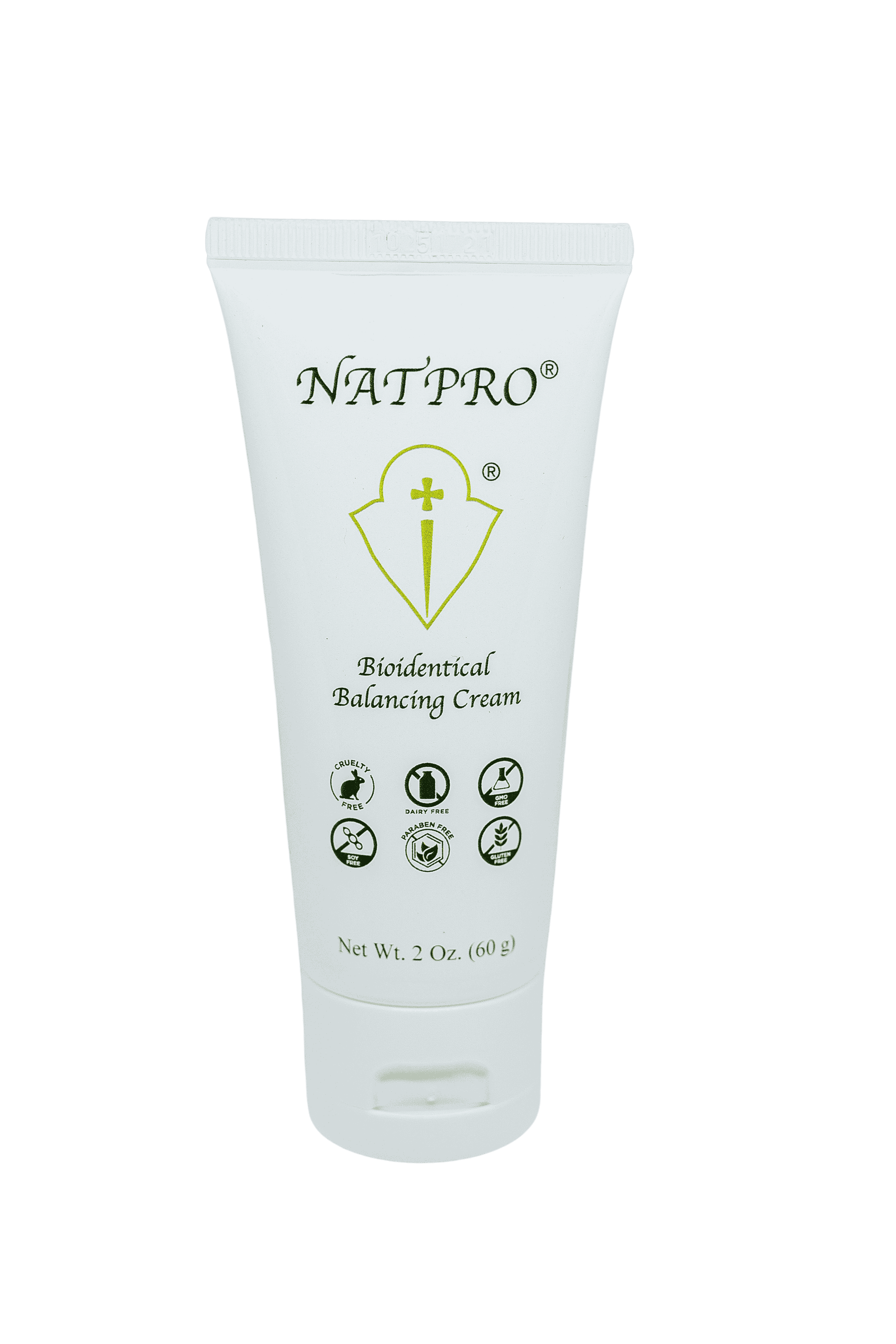Lupus symptoms
Lupus symptoms vary according to each of the three variants of this autoimmune disease which causes inflammation of the connective tissue. The three variants...
- Chronic cutaneous lupus erythematosus, also known as discoid lupus. About 15% are affected by this form. The discoid lesion may be raised or flat, inflamed, and may itch. Approximately 66% of suffers are women. The rash may flare up if exposed to sunlight
- Systemic lupus erythematosus or SLE. About 88% of those affected are women. One of the early signs can be a red rash appearing across the nose and around the eyes, from which lupus gets its name, lupus being the Latin for wolf. Symptoms may include loss of hair, weight and appetite, chest pains, inflammation of the kidneys, joints, liver, lungs, nervous system, muscle pain, headaches, Raynauds syndrome, depression, fever, fatigue, psychosis, which often includes delusions and hallucinations, gastrointestinal problems, including nausea, pain and diarrhoea, about 45% of patients suffer from this at some point
- Drug-induced, this usually goes once the drugs are discontinued. Some of the drugs involved are: procainamide, isoniazid, chlorpromazine, penicillamine, sulfasalazine, hydralazine, methyldopa, and quinidine
Although the cause of lupus erythematosus is not fully known, certain predisposing factors have been implicated. Particularly a compromised immune system.
Hormones are known to play a role, with oestrogens principally implicated as enhancers of the immune response, and androgens and progesterone as natural suppressors.
90% of the people who contract lupus are women, generally in the 15 to 65 age group. Although it does have a tendency to start during the Peri-menopause years, with its high oestrogen and dropping progesterone levels. It is estimated that 500,000 to 1.5 million Americans have lupus. In fact at least 80% of all auto-immune diseases occur in women.
Clinical research has found not only a higher level of oestrogen in SLE patients in both sexes, but that it exacerbates lupus symptoms. In particular the synthetic oestrogens given to women, making users of HRT more likely to get lupus than non users.
Although testosterone is not significantly lower in SLE, there is increased oxidation. But both progesterone and 17-alpha-hydroxyprogesterone levels are significantly lower. This suggests that the decrease in progesterone could predispose to lupus symptoms. Progesterone can be safely given to both sexes without affecting their sexual functions.
A study of women with SLE, revealed that during the third trimester of Pregnancy, a lower than expected increase in IL-6 was observed, but high levels of IL-10. IL-6 is a pro-inflammatory agent, IL-10 is anti-inflammatory. During the third trimester of pregnancy progesterone levels are at their highest, which would account for the increase in the IL-10 and decrease in IL-6, as progesterone is a known stimulant of IL-10.
Progesterone also stimulates the release of Th2 cytokines, which are anti-inflammatory and directly inhibits Th1 cytokines which are pro-inflammatory.
As an anti-inflammatory agent, progesterone has been shown to reduce the response of natural killer (NK) cells as well as other known initiators of inflammation.
Matrix metalloproteinases (MMP) play a role in inflammation, and MMP-9 activity is significantly elevated in SLE patients compared to healthy controls. Anti-phospholipid antibodies, Discoid rash, mucosal ulcers, Raynauds phenomenon and pneumonitis are found with elevated levels of MMP-9.
Oestrogen maintains secretion of matrix metalloproteinases. In contrast, progesterone is a natural inhibitor of MMP's.
A typical lupus symptom is a high level of premature atherosclerosis which is found in SLE, with women having a seven to fifty fold increased risk of coronary artery disease. This could well be the result of the elevated oestrogen and low progesterone levels, as progesterone reduces lipid peroxidation and the generation of isoprostanes which lead to inflammation (the foundation of all lupus symptoms).
As mentioned above, SLE is influenced by sex hormones, its rare for men to get lupus symptoms, significantly more common in women, with oestrogen playing a major role. One study has reported the case of a transgender man taking oestrogen developing SLE.
Hyperprolactinemia is another lupus symptom which has been noticed in patients with SLE. Prolactin is an inflammatory hormone, oestrogen stimulates it's secretion by the pituitary. Progesterone inhibits this secretion.
Higher pain, fatigue and disease activity occurs in women with SLE during bleeding. Progesterone has dropped to it's lowest level at this point. Oestrogen has also dropped, but often the ratio of the two hormones is skewed, with progesterone dropping at a faster rate than oestrogen. If a higher level of oestrogen to progesterone occurs, this would account for the flare.
A rare case of severely enlarged breasts (gigantomastia ) occurred in one woman with elevated oestrogen levels.
Another interesting feature of lupus is the alternating flares and remissions over the year. This would suggest a relationship with fluctuating levels of vitamin D over the seasons. Recent research bears this out.
Another factor is the higher prevalence of SLE in darker skinned individuals. The higher the melanin content of the skin, the more sunlight hours needed to manufacture vitamin D.
Melanin is highly protective against excess sun. Fair skinned individuals with lupus have photosensitive skins, a lack of vitamin D being the cause. The more vitamin D present, the better the skin is able to tolerate the sun. Unfortunately people with photosensitive skins are advised to stay out of the sun. The skin is essential for vitamin D formation.
The incidence of SLE has increased over the years, probably accounted for by the excessive use of sunscreens. It's essential to expose the skin to sun with no sunscreen for 10 minutes to two hours, depending on skin type, before applying sunscreen. It's also essential to avoid the majority of sunscreens, as they contain carcinogens.
Vitamin D, like progesterone, stimulates the Th2 anti-inflammatory response, while inhibiting the inflammatory Th1 cytokines.
In fact there is mounting evidence that a vitamin D deficiency, if not the cause of lupus, is certainly behind the severity of cases.
The similarities between progesterone and vitamin D are almost endless.
Both are made from cholesterol. Progesterone in various organs and cells, and vitamin D3 by the action of UVB sunlight as it strikes the cholesterol covering our bare skin.
Both progesterone and vitamin D regulate gene expression, have a positive fundamental effect on cell differentiation and growth, with anti-oxidative and autoimmune anti-inflammatory mechanisms. Both positively effect the nervous system by stimulating neurotrophic factors, quenching oxidative hyperactivity and regulating autoimmune responses.
Research published in late 2009 on Traumatic Brain Injury, found a lack of vitamin D3 reduces the benefits of progesterone.
Natural treatment of lupus symptoms
Women should use between 100-200mg/day progesterone
Men should use between 10-100mg/day progesterone
Depending on the severity of the symptoms, more might be required.
For more information on how to use progesterone see...
How to use progesterone cream
Peri-menopause
Menopause
Before using progesterone, please see the page on...
Supplementing with vitamin D is essential. A test should be done to ascertain the current level. The test should be done for 25-hydroxyvitamin D, also called calcidiol.
The following list gives an indication of levels of vitamin D found in the blood..
- Sufficient 50100ng/ml or 124.80-249.60nmol/L
- Hypovitaminosis less than 30ng/ml or 75 nmol/L
- Deficiency less than 25ng/ml or 62.4nmol/L
For more information see...
GrassrootsHealth
Birmingham Hospital
Vitamin D Links
The minimum daily dose should be 5000iu's per day, although the latest research indicates it should be 10,000iu's per day, see here.
Antioxidants are some of the most powerful defences against free radical damage and inflammation. Consideration should be given to taking high doses.
Please see this page here for a list of antioxidants.
Medical treatment of lupus symptoms
- corticosteroids
- nonsteroidal anti-inflammatory drugs
- anti-malarial drugs
- cyclophosphamide
- mycophenolate
- hydroxychloroquine
- belimumab
- methotrexate
- intravenous immunoglobulins
All come with adverse side effects, some serious.

